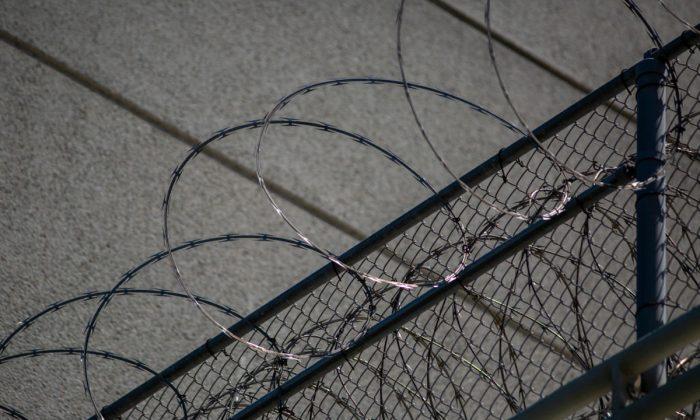SANTA ANA, Calif. (CNS)—A proposed budget with reserves mainly holding the line against mandated furloughs and layoffs was released Aug. 18 by officials in Orange County, California.
The $7.5 billion proposed budget for the 2020–21 fiscal year is approximately $706 million more than the 2019–20 budget.
Much of the additional spending is the result of an increase in services due to the COVID-19 pandemic, combined with a reduction in sales tax revenue from the forced shutdown of various business sectors to curb the spread of the disease.
“We’re concerned about fiscal year [2021–2022], because we’re using quite a bit of reserves this year,” said county CEO Frank Kim.
“If the trend doesn’t reverse and the economy doesn’t recover, we'll have a bigger bite out of reserves the following year, and that’s not a sustainable path.”
Normally, the budget is adopted in June, but this year the Board of Supervisors approved a placeholder for legal reasons and waited to see the impact of the state budget on revenue locally. The recommended budget is expected to be reviewed and discussed by the board on Sept. 1 and voted on Sept. 15.
“We started the year with about $700 million in reserves,” Kim said.
“We did a pretty good job over time building our reserves. But reserves are supposed to be used in times of a catastrophic events, so we don’t feel terrible about using them, but we want to make sure it’s sustainable.”
The county saved about $43 million with a voluntary retirement or buyout program, cutting 476 employees from the payroll. More staffers may be trimmed from the payroll as the program is extended through Oct. 8.
“There will be an impact on services. ... There will be less bodies providing county services,” Kim said. “We’re providing enough funding to the filled positions, so no mandatory layoffs or furloughs.”
The budget includes $554 million from the federal Coronavirus Aid, Relief, and Economic Security (CARES) Act relief bill. The county put aside $111 million of its allocation to assist cities and small businesses with pandemic-related expenses.
The county also received an additional $73.3 million from the state that was allocated in the bill.
The county’s forecasters expect to see a 16.4 percent decrease, or $53.3 million, in Proposition 172 funding, which is devoted to law enforcement. The county expects to see a total loss of $145 million in sales tax revenue.
The Proposition 172 half-cent sales tax is expected to come in around $271.5 million, with 80 percent going to the sheriff’s department and the rest to the district attorney’s office. Last fiscal year, the county collected $324.8 million in Proposition 172 revenue.
The county has allocated $890.1 million in general purpose revenue, $16.5 million less than the last fiscal year. The county will spend about $38.7 million in reserves and will see about $24.6 million more in property taxes.





